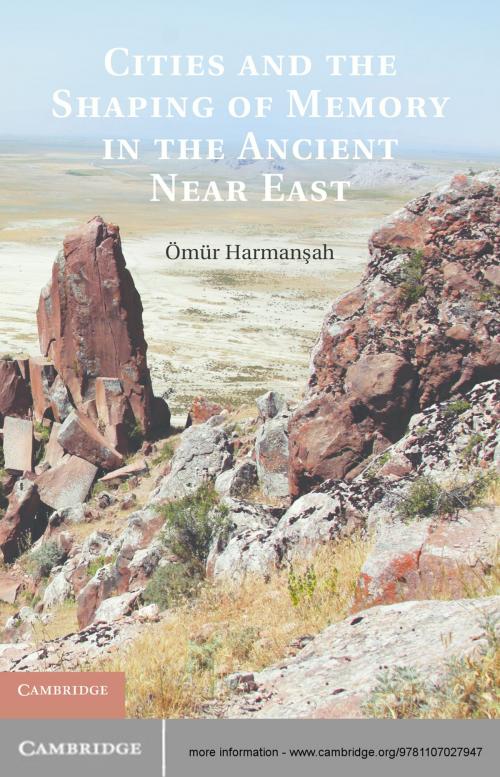Cities and the Shaping of Memory in the Ancient Near East
Nonfiction, Social & Cultural Studies, Social Science, Archaeology, Art & Architecture, General Art, History| Author: | Ömür Harmanşah | ISBN: | 9781107301658 |
| Publisher: | Cambridge University Press | Publication: | March 18, 2013 |
| Imprint: | Cambridge University Press | Language: | English |
| Author: | Ömür Harmanşah |
| ISBN: | 9781107301658 |
| Publisher: | Cambridge University Press |
| Publication: | March 18, 2013 |
| Imprint: | Cambridge University Press |
| Language: | English |
This book investigates the founding and building of cities in the ancient Near East. The creation of new cities was imagined as an ideological project or a divine intervention in the political narratives and mythologies of Near Eastern cultures, often masking the complex processes behind the social production of urban space. During the Early Iron Age (c.1200–850 BCE), Assyrian and Syro-Hittite rulers developed a highly performative official discourse that revolved around constructing cities, cultivating landscapes, building watercourses, erecting monuments and initiating public festivals. This volume combs through archaeological, epigraphic, visual, architectural and environmental evidence to tell the story of a region from the perspective of its spatial practices, landscape history and architectural technologies. It argues that the cultural processes of the making of urban spaces shape collective memory and identity as well as sites of political performance and state spectacle.
This book investigates the founding and building of cities in the ancient Near East. The creation of new cities was imagined as an ideological project or a divine intervention in the political narratives and mythologies of Near Eastern cultures, often masking the complex processes behind the social production of urban space. During the Early Iron Age (c.1200–850 BCE), Assyrian and Syro-Hittite rulers developed a highly performative official discourse that revolved around constructing cities, cultivating landscapes, building watercourses, erecting monuments and initiating public festivals. This volume combs through archaeological, epigraphic, visual, architectural and environmental evidence to tell the story of a region from the perspective of its spatial practices, landscape history and architectural technologies. It argues that the cultural processes of the making of urban spaces shape collective memory and identity as well as sites of political performance and state spectacle.















